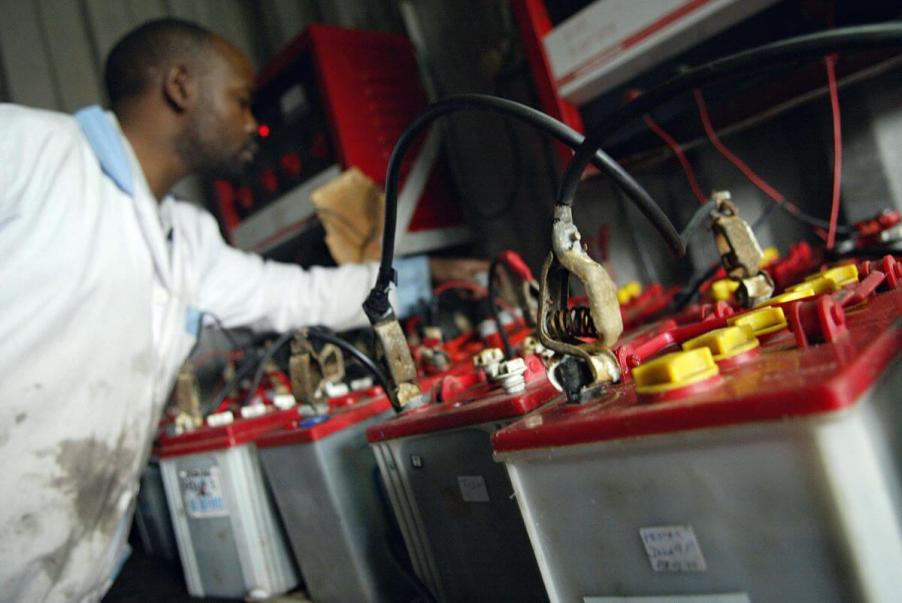
4 Steps to Remember if Your Car Battery Won’t Charge
As a car owner, you know that there are plenty of times that you need to do maintenance on your car. One maintenance problem probably every car owner has faced is an issue with the car battery. What should you do if your car battery seems to not hold a charge? How do you know the problem is the battery, to begin with?
How to diagnose a car battery charging problem
Your battery is an essential part of your car. The battery routes voltage to the starter, which then gets the engine going, according to Napa Online. The battery also powers your lights, power windows, radio, navigation system, power seats, and more.
Unfortunately, there are times when none of these parts work, and your car can’t get anywhere. What should you do to diagnose the problem and know for sure that the battery is the cause? Follow these four steps to find out.
1. Turn on the headlights
You may suspect that the battery not charging is the problem, but you must confirm it is the root of the issue first.
The first thing you should do is try turning on your headlights. If your headlights turn on and shine as bright as they always do, the issue is not your battery. You could be looking at a wiring problem or a faulty starter.
If the headlights do not shine as brightly as usual, you know the cause is most likely a battery not charging properly.
2. Attach a voltmeter
Your next step is to use a voltmeter to determine how much charge, or “juice,” your battery has.
You need to attach the red lead to the positive terminal and the black lead to the negative terminal. You want to see a reading between 12.65 volts and 12.77 volts. This means the batter is fully charged. Anything less than that means you must keep working to diagnose the problem.
3. Check the car battery

Your battery might not hold a charge because it’s old. Do you see corrosion and cracking on the battery? If so, that means your battery is old and worn out.
If your battery is at least four years old, you may want to consider getting a new battery. However, if your battery is younger than four years old but hasn’t been turned on for a while, it can still lose its charge.
4. Charge the battery
If you have made it this far and have ruled out the other possible electrical problems, your next option may be to charge your battery with what’s called a battery maintainer, also known as a battery tender. A battery maintainer is a good option for getting your young battery up to a sufficient charge.
Start by opening your hood. Connect the battery maintainer to a household outlet. Then connect the red connector to the positive terminal and the black connector to the negative terminal. You can leave the battery maintainer on any flat surface inside the hood of the car.
The battery maintainer offers three modes:
- Soft start is good for severely depleted batteries.
- Recondition is good for distressed batteries.
- Enhanced is good for long-term storage.
Once the battery maintainer is connected to the household outlet and the proper terminals, it will turn on automatically. It will provide power to the battery for as long as you need it to do so.
A battery maintainer is a great option for cars parked for extended periods with younger batteries that won’t hold a charge. If your battery is older, you may want to replace the battery altogether.



